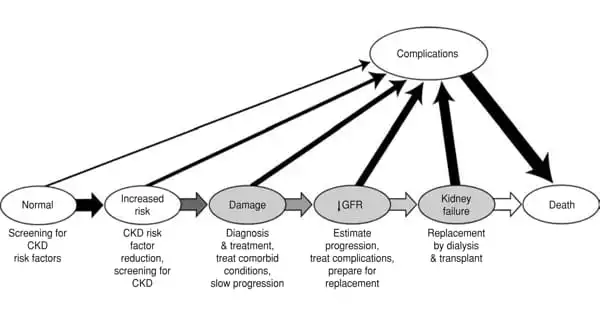According to new data, China’s birth rate has dropped to its lowest level in decades, and the country’s total population is on track to begin declining very soon. China’s National Bureau of Statistics released its most recent demographic update on Tuesday, revealing that the country’s population was 1.4126 billion at the end of 2021. Although the number of people has increased by 480,000 since the end of 2020, the annual growth rate of 0.034 percent is the lowest since the early 1960s. The birth rate also dropped to 7.52 per 1,000 people, the lowest level since the bureau began collecting data in 1949.
This “continuing slowing in population growth,” according to the National Bureau of Statistics, has two primary causes. To begin with, they claim that the number of women of reproductive age fell by roughly 5 million last year, continuing a trend that has observed in recent years. Second, people are marrying and having children later in life than in previous generations. People’s first marriage and first childbirth are now about 2 years later than they were 10 years ago, according to their research. Many experts believe that China’s population peaked in 2021 and that the country is currently on the verge of long-term population decrease, based on these patterns.
According to Reuters, Zhiwei Zhang, chief economist at Pinpoint Asset Management, said, “The demographic concern is well acknowledged, but the rate of population aging is certainly faster than predicted.” “This indicates that China’s total population may have peaked in 2021.” It also suggests that China’s potential growth is declining faster than projected,” Zhang noted.
China, like other Asian countries, as well as Europe and North America, has an aging population. The population of persons aged 15 and under declined by 5.28 million between 2010 and 2020, while the number of people aged 16 to 59 climbed by 2.47 million. On the other hand, the population of people aged 65 and up increased by 9.92 million. China is well aware of all of this. In response to their steep decrease in birth rates, they announced a new policy last year that allows – and actively encourages – couples to have up to three children.
This was a significant departure from the People’s Republic of China’s infamous “one-child policy,” which was implemented in the late 1970s and early 1980s in an attempt to regulate the country’s rapidly growing population. After it discovered that the restriction was causing population numbers to plummet, it repealed in 2015, enabling couples to have two children. Many other countries throughout the world may be on the verge of seeing a similar demographic decline. According to a large research published in The Lancet in 2020, the global population will fall within the next century for the first time since the 14th century’s Black Death.
Over the following few decades, the global population is expected to rise, peaking at roughly 9.7 billion people in 2064, then dropping to 8.8 billion by 2100. China’s population anticipated dropping to 732 million by 2100 in that study, but they were not the only portion of the world to see such a drop. Up to 23 countries, including Japan, Thailand, Italy, Spain, Portugal, and South Korea, could see their populations drop by more than 50%. North Africa, the Middle East, and, most notably, Sub-Saharan Africa are the only regions of the world expected to see population growth by the end of the twenty-first century.
















